Rafflesia is a kind of parasitic flower which lives under tropical climate of the Southeast Asia. This genus has 28 species and can measure up to 1 meter in diameter (Rafflesia Arnoldii) and weights up to 10 kg. Even the smaller species, Rafflesia Baletei, has 12 cm diameter flowers.
So, Rafflesias, is the world’s largest flower. The species introduced in this article, the Rafflesia Kerri, has a diameter of 50-90 cm.
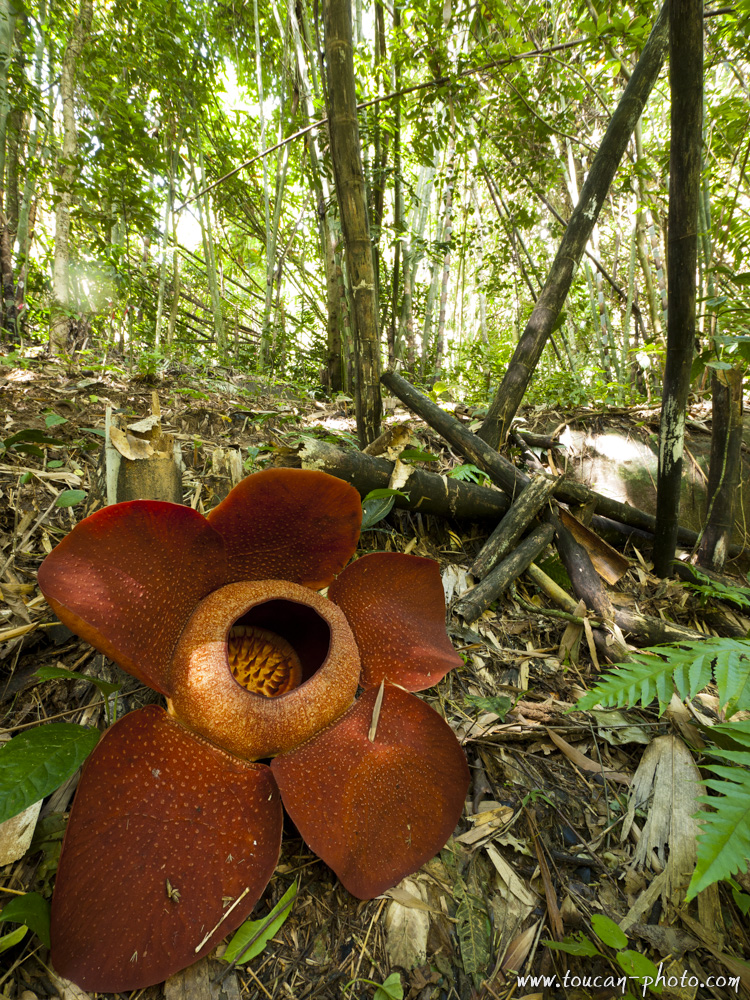 Rafflesia Kerrii, photographed in Malaysia
Rafflesia Kerrii, photographed in Malaysia
History:
Rafflesia was discovered by Louis Deschamps in Java Island, in 1791. But, no specific description was established before the 1818 expedition, led by Sir Thomas Raffles (of Royal Society in London) and the doctor Arnold, in the Indonesian rainforest to have a piece of evidence of such flowers.
Range of Rafflesia
Way of life:
Rafflesias don’t have any stem, any leaves and any real roots …but only some filaments which parasite the Tetrastigma roots (a kind of wild grapevine), to absorb nutrients. Beccause that, Rafflesia is invisible during all the process development and the only emergent part is the bud, which looks like cabbages and that will become a 5 petals flower.
As this plant is dissimulated until its flowering, which lasts only several days, this plant is difficult to observe and to study. Despite its imposing size, some unknown species of Rafflesia might exist.
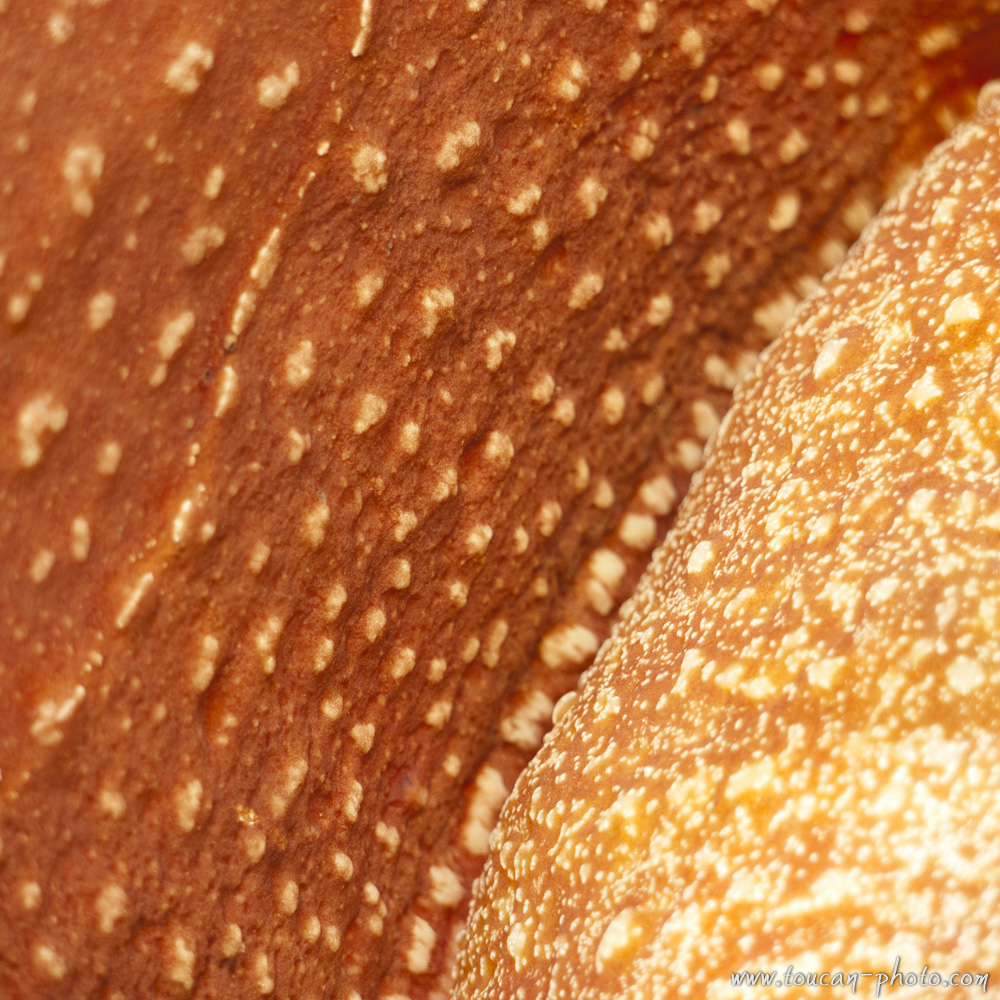 Detail of a Rafflesia petal
Detail of a Rafflesia petal
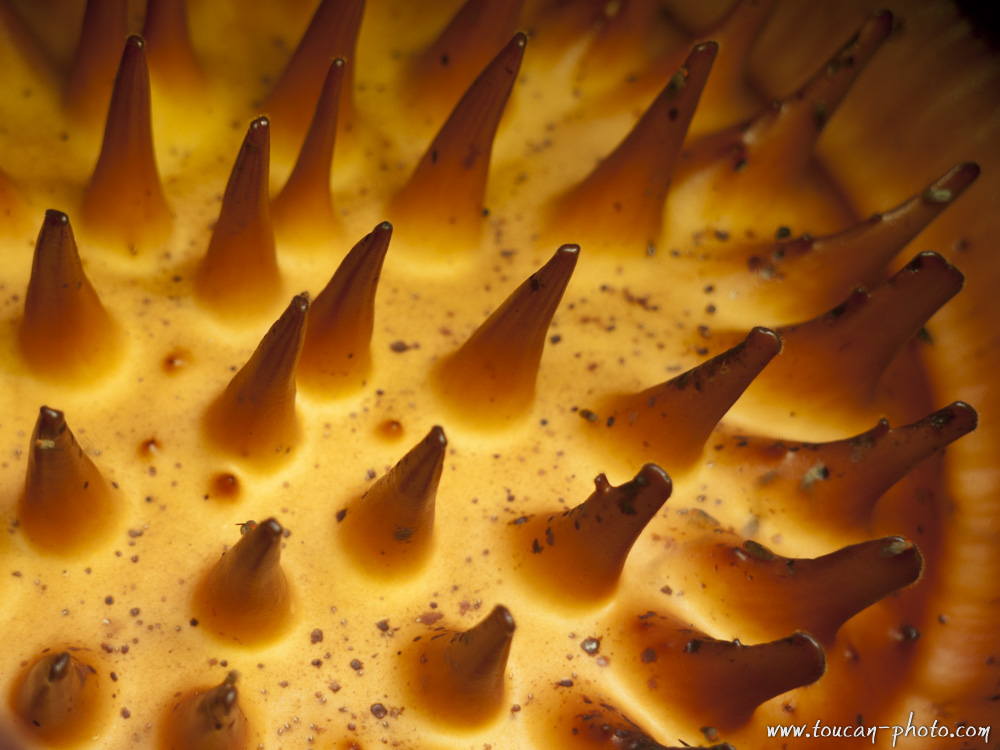 Detail of the Rafflesia heart, some midges are visible
Detail of the Rafflesia heart, some midges are visible
Reproduction:
Rafflesias, always red flesh-coloured have male and female flowers (some are bisexual flowers). Rafflesias have a strong smell of decomposing meat, which attracts flies. Flies will pollinate Rafflesia going from male to female flowers.
This strong smell of decomposing meat gave to the flower the name of “corpse flower” or “meat flower”.
When Rafflesia is pollinated it withers in several days and little seeds take place.
Some doubts still exist regarding the dispersal process. Indeed, mammals which live in the forest, like tapirs, wild buffalo, dwarf rhinoceros, could collect Rafflesias seeds under their hooves or their hand hooks and push in on grapevine roots that they trample.
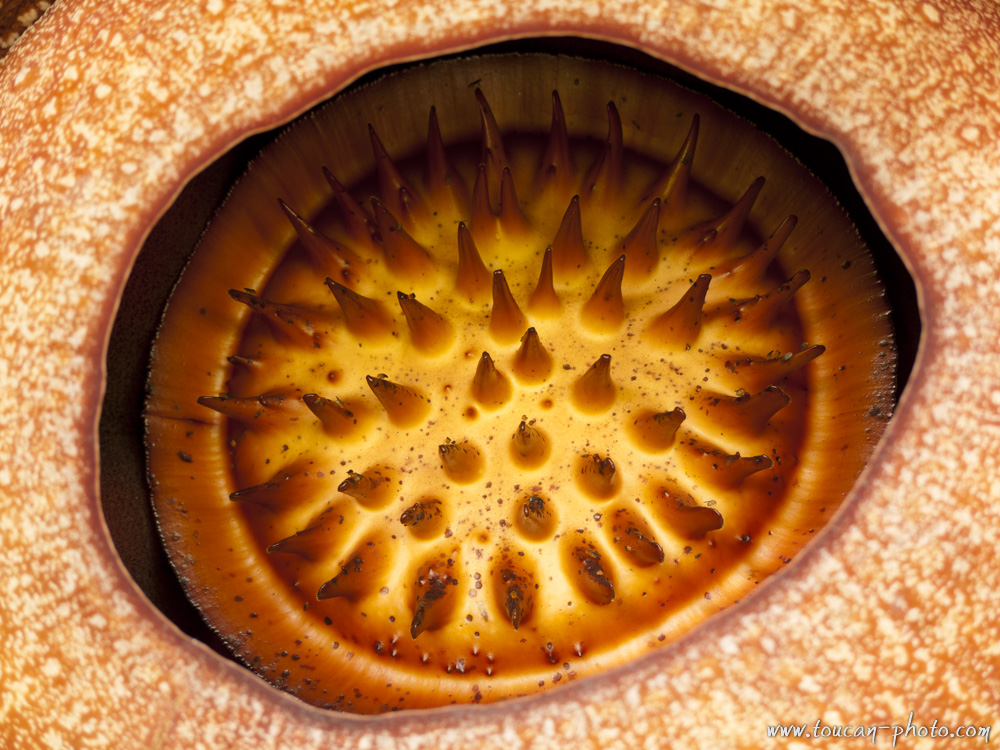 The middle of the Rafflesia
The middle of the Rafflesia
Use:
In Thailand, young buds are sometimes used as candies. However flowers are used for their mystic powers. In Malesia, buds and dried petals are used by women to recover from a difficult delivery, or by men who implement to this plant some aphrodisiac properties.
However, a recent study showed that a large amount of consumption can be toxic.
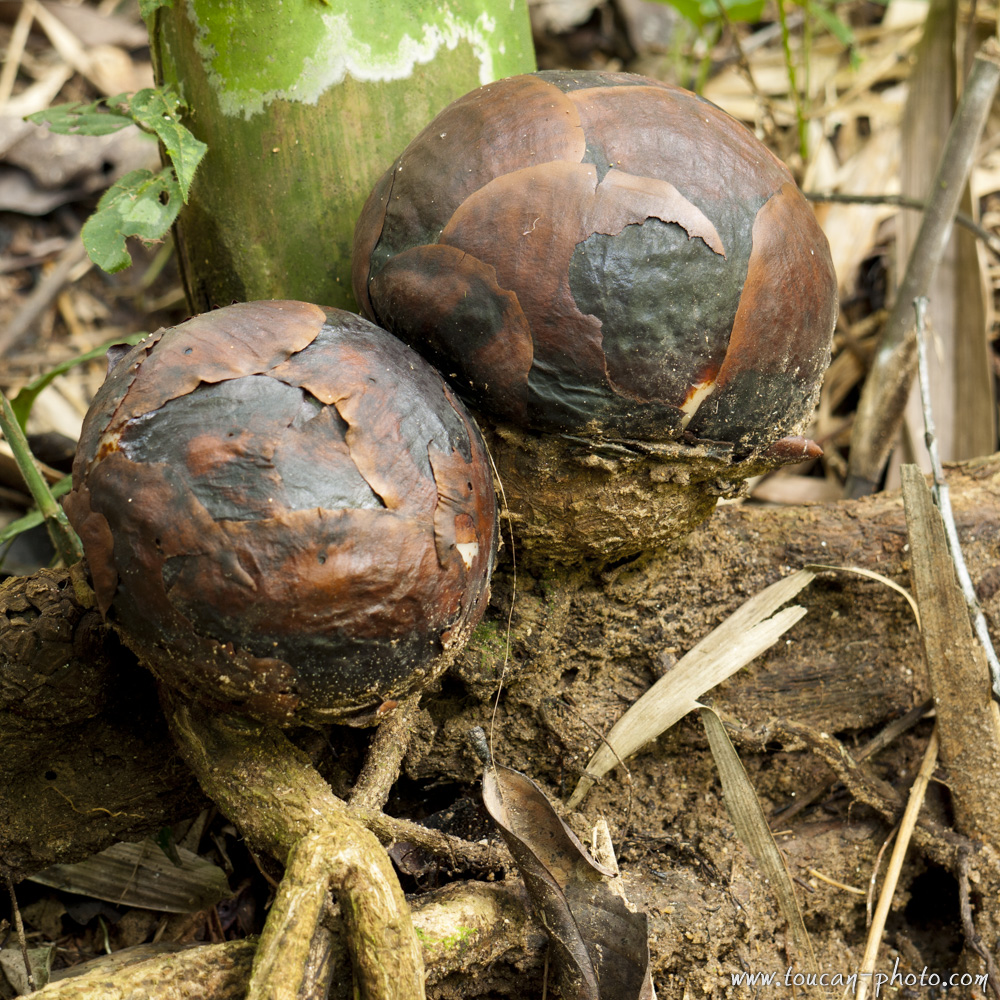 Rafflesia bud on a root of vine
Rafflesia bud on a root of vine
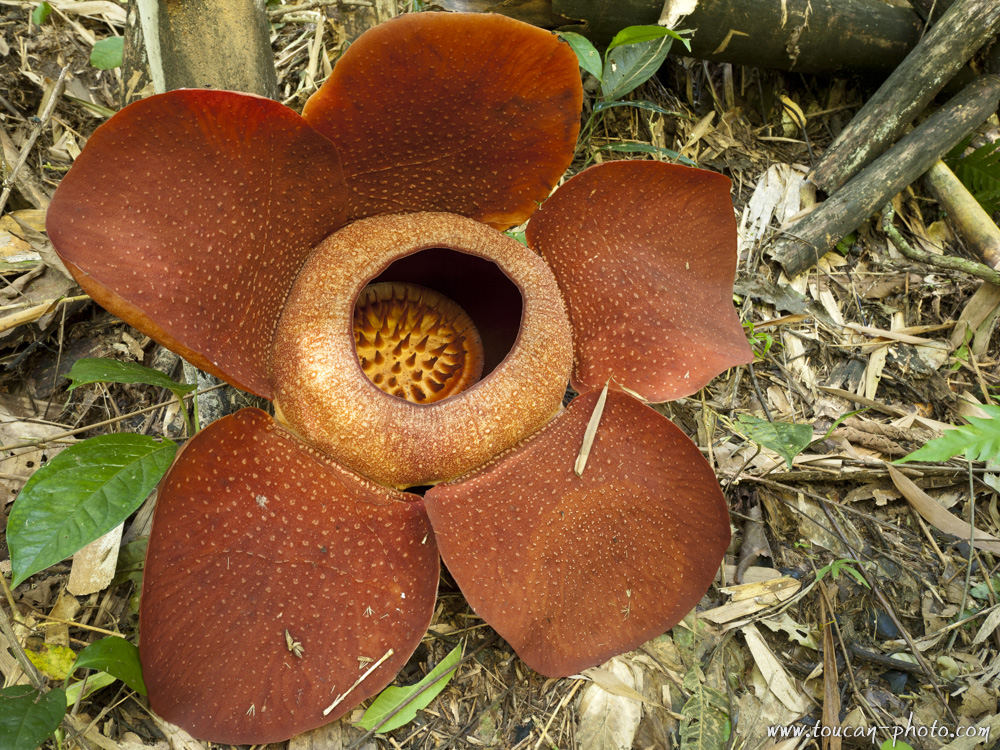 Rafflesia’s prime of life
Rafflesia’s prime of life
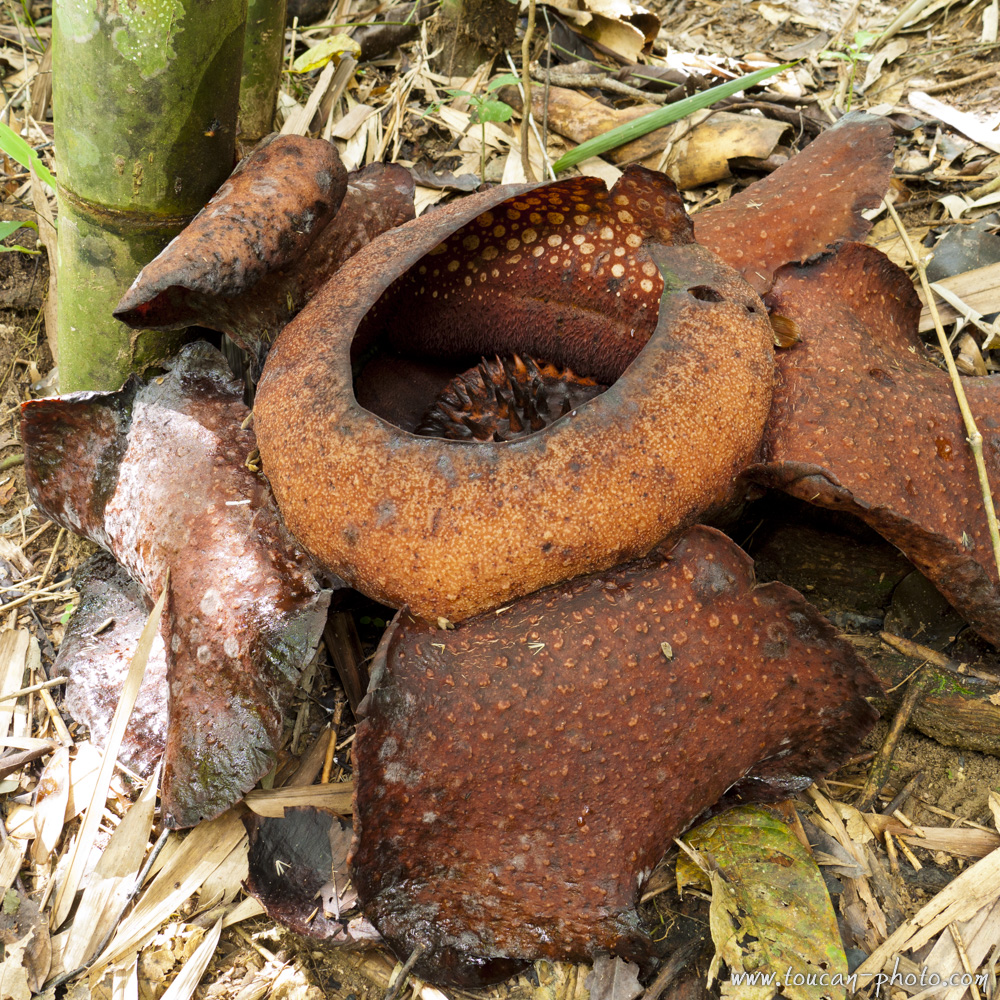 The flower starts to wither
The flower starts to wither
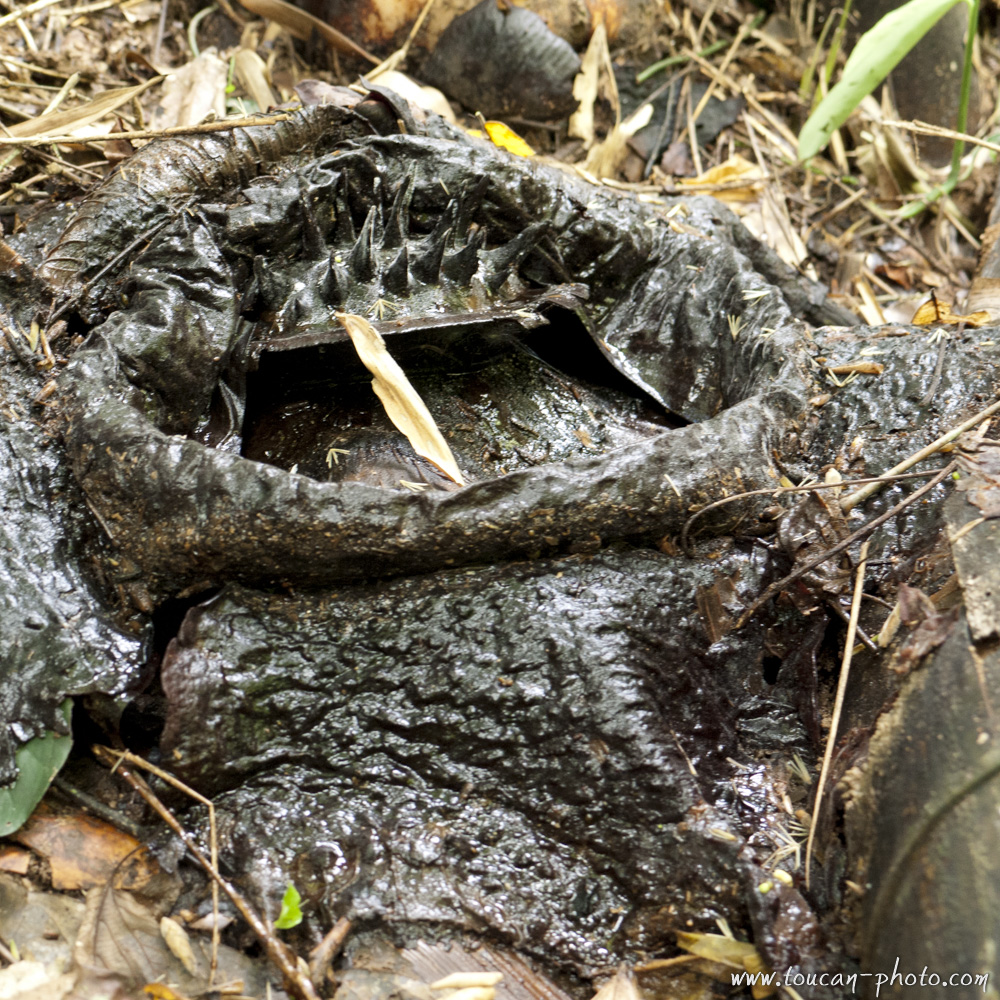 Decompositing flower
Decompositing flower
Conservations status:
Picking of flowers and buds (before the plant makes seeds and new shoots) diminish the number of Rafflesia in Asian forests. Moreover, as the crop of these flowers in an artificial breeding ground is impossible, it’s important to protect their natural environment, victim of deforestation.
According to the IUCN Organism, most part of Rafflesia species are endangered species.
And now?
See more pictures from Malaysia